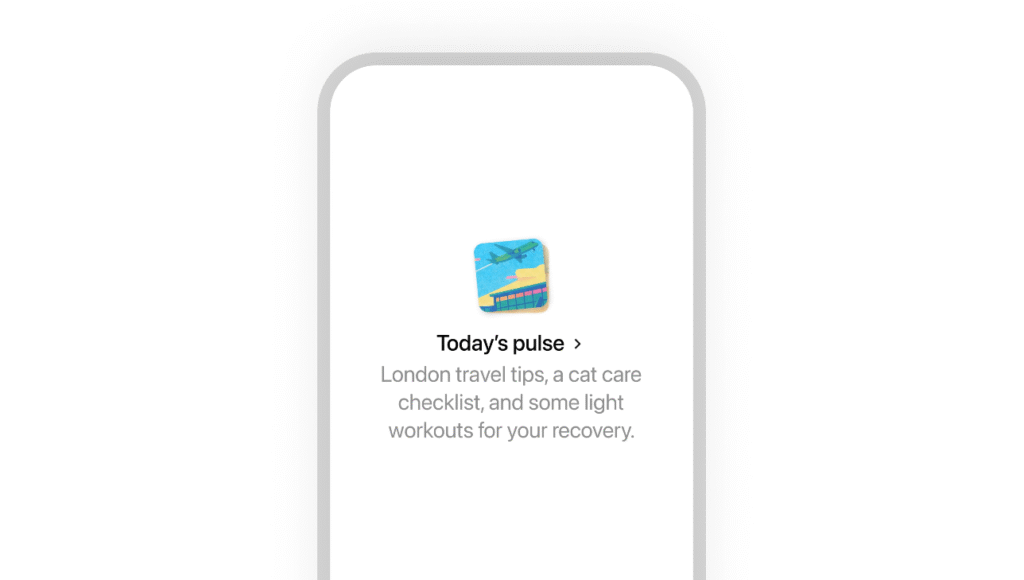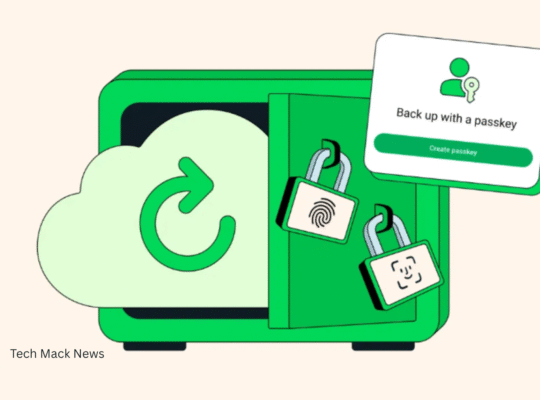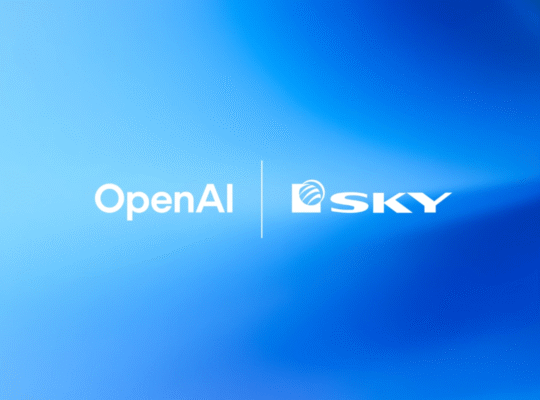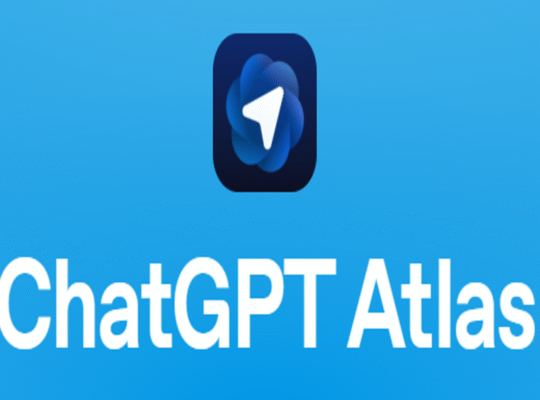OpenAI is unveiling a new way to start your day with ChatGPT Pulse — a proactive feature designed to deliver personalised daily briefs while you sleep. Think of it as your AI-powered morning briefing, so you wake up ready, informed, and organised.
What is ChatGPT Pulse?
Pulse is a new feature inside the ChatGPT app that generates 5–10 personalised reports overnight for users. These briefs can include:
- News roundups on specific topics.
- Personalised agendas or to-do lists.
- Suggestions tailored to your interests.
The goal? To make ChatGPT work proactively rather than just responding to your queries. OpenAI envisions Pulse as part of a shift toward AI tools that act more like personal assistants than chatbots.
“We’re building AI that lets us take the level of support that only the wealthiest have been able to afford and make it available to everyone over time,” — Fidji Simo, OpenAI CEO of Applications.
How Pulse Works
Pulse creates daily reports while you sleep, ready for you to check first thing in the morning — much like checking social media or a news app.
In practice, it works like this:
- Reports appear as cards in a new Pulse tab in the ChatGPT app.
- Each card has AI-generated text and imagery.
- Users can tap cards to read full reports and ask follow-up questions.

Reports could range from:
- A news update on a specific sports team.
- Dinner suggestions tailored to your preferences.
- Travel itineraries personalised for your upcoming trip.
Pulse also integrates with ChatGPT Connectors such as Gmail and Google Calendar, allowing it to:
- Scan emails overnight for important messages.
- Create a daily agenda.
If ChatGPT’s memory features are enabled, Pulse will use your past chats to personalise briefs even further. For example, it could suggest running routes during a trip if it knows you enjoy running.
Why Pulse Matters
Pulse represents a significant step in OpenAI’s vision for AI: moving from reactive interaction to proactive assistance. It’s designed to be a tool that works for you without waiting for your request.
Christina Wadsworth Kaplan, OpenAI’s personalisation lead, described Pulse as a “net-new functionality” — enabling capabilities like making diet-specific restaurant suggestions automatically.
However, Pulse may also overlap with other news and briefing services such as Apple News, newsletters, or journalism outlets. OpenAI says Pulse will cite its sources, much like ChatGPT Search does, but it’s unclear how it will compete in that space.
Limitations and Availability
Pulse launches first for ChatGPT Pro subscribers ($200/month) starting Thursday. OpenAI plans to expand availability to all users eventually, starting with Plus subscribers, but it needs to improve efficiency first.
OpenAI cautions that Pulse’s computing requirements can vary — some reports require minimal processing, while others, involving deep searches and synthesis, require significant computational power.
The Future of Pulse
OpenAI sees Pulse evolving toward an agentic AI assistant — one that can:
- Make reservations on your behalf.
- Draft emails for your approval.
- Automate tasks without prompting.
While this is exciting, such capabilities are likely years away and will require more advanced trust and refinement.
ChatGPT Pulse is OpenAI’s attempt to make AI a more integral part of your daily routine — a morning briefing that blends news, personalisation, and productivity. Whether it will become your go-to morning habit or compete successfully with existing news apps remains to be seen.





















